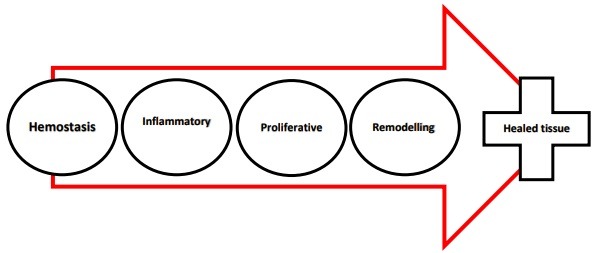Silk Fibroin-Based Therapeutics for Impaired Wound Healing
Silk fibroin (SF) has emerged as a dynamic biomaterial.
WHAT IS SILK FIBROIN (SF)?
- Silk fibroin (SF) has emerged as a dynamic biomaterial that meets the aforementioned criteria for an ideal wound treatment.
- Silk fibroin, a fibrous structural protein component of silk, has emerged as a possible treatment to promotes effective tissue regeneration.
- The dynamic features of silk fibroin enable for customisable nano architectures that can be designed to efficiently treat a variety of wound healing issues
PROPERTIES OF SILK FIBROIN (SF)?

ABOUT SILK
- Since the 1990s, silk materials have been found to aid wound healing. Fibroin and sericin have both been discovered to be excellent substrates for the proliferation of adherent animal cells and can be employed as a collagen alternative. Silk fibroin and sericin have been studied extensively for use in biomedical applications, including wound healing materials, because to their superior physical and biological qualities.
- Silk fibroin (SF) is a natural protein obtained from Bombyx mori cocoons that has remarkable biological qualities and shows promise in tissue healing applications. Several silk fibroins wound dressings have been produced in the lab, but their widespread usage in the clinic has been hampered by a lack of substantial
- SF-based dressings can also be used as carriers for delivering drugs, growth factors, and bioactive agents to the wound area, while providing appropriate support for complete healing. This dressing is expected to promote good health and wellbeing of masses at an affordable cost.
Four stages of Wound healing

- Soothe and reduce irritation and inflammation in skin
- Silk fibroin act from stage 1 of wound healing
- In haemostasis, silk fibroin activates both intrinsic and extrinsic pathway
- Higher cell migration rate in silk protein than collagen


